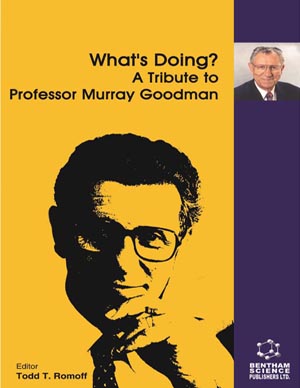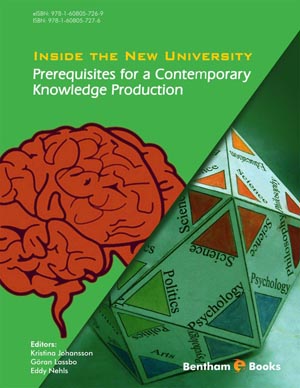Abstract
ly active poly(d-β-phenylpropyl isocyanate) has been synthesized. The optically active polymer has a negative optical rotation, opposite in sign to that of the monomer and of the model compound, but of greater magnitude. This enhanced optical activity shows that the polymer probably assumes a preferred conformation. A comparative circular dichroism (CD) study of this polymer and of a model compound indi- cates that dissymmetry in the polymer backbone and the aromatic side chains contribute to the CD spectrum of the optically active polymer. The nuclear magnetic resonance spectrum of the optically inactive polymer shows broad absorption bands while the spectrum of the optically active polymer has sharp peaks. This is consistent with our assumption that the optically active polymer possesses a preferred conformation, The optically active poly- mer is insoluble in most organic solvents. Chloroform represents a notable exception which may arise from a specific interaction between this solvent and the urea-like nature of the main chain.













